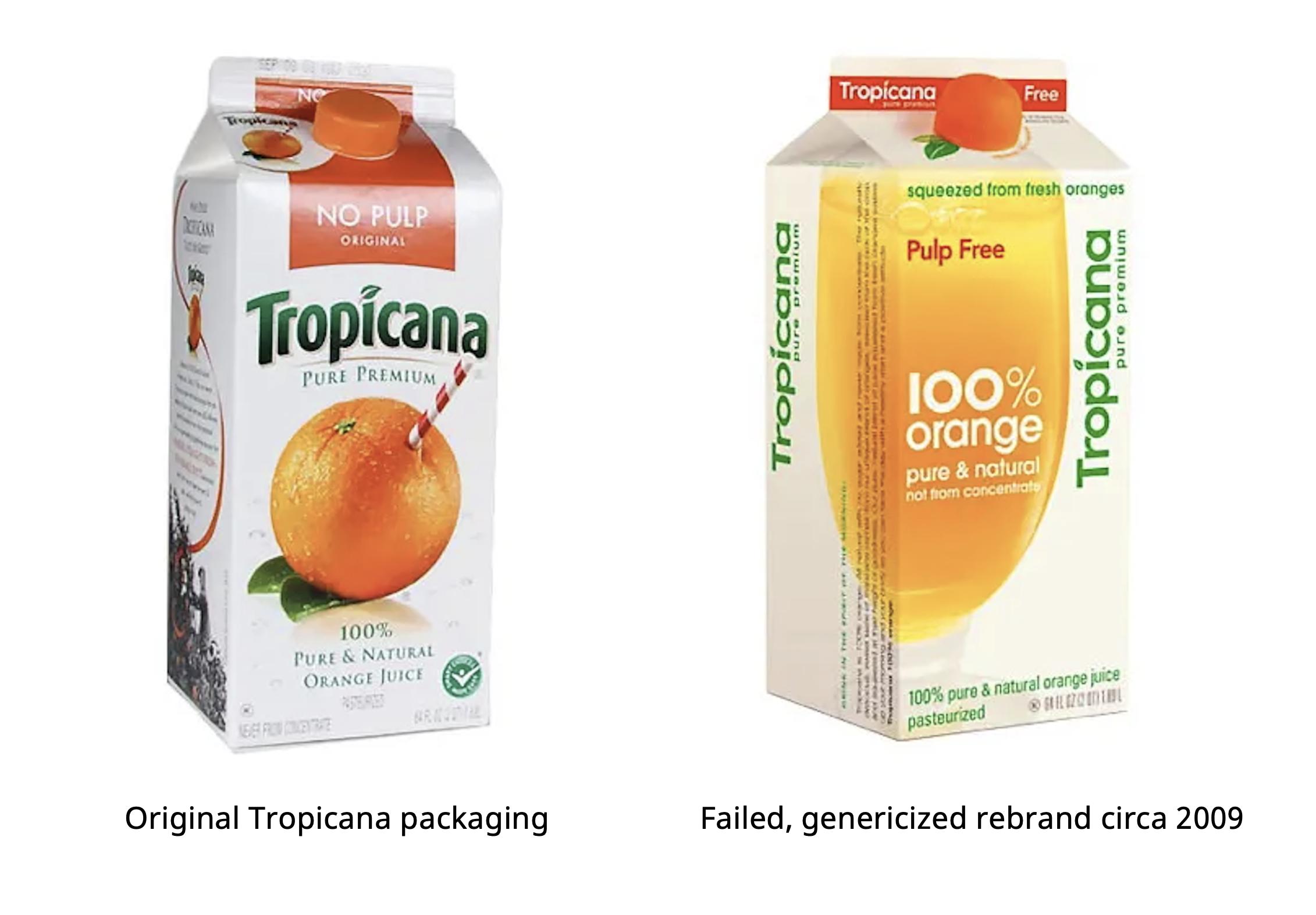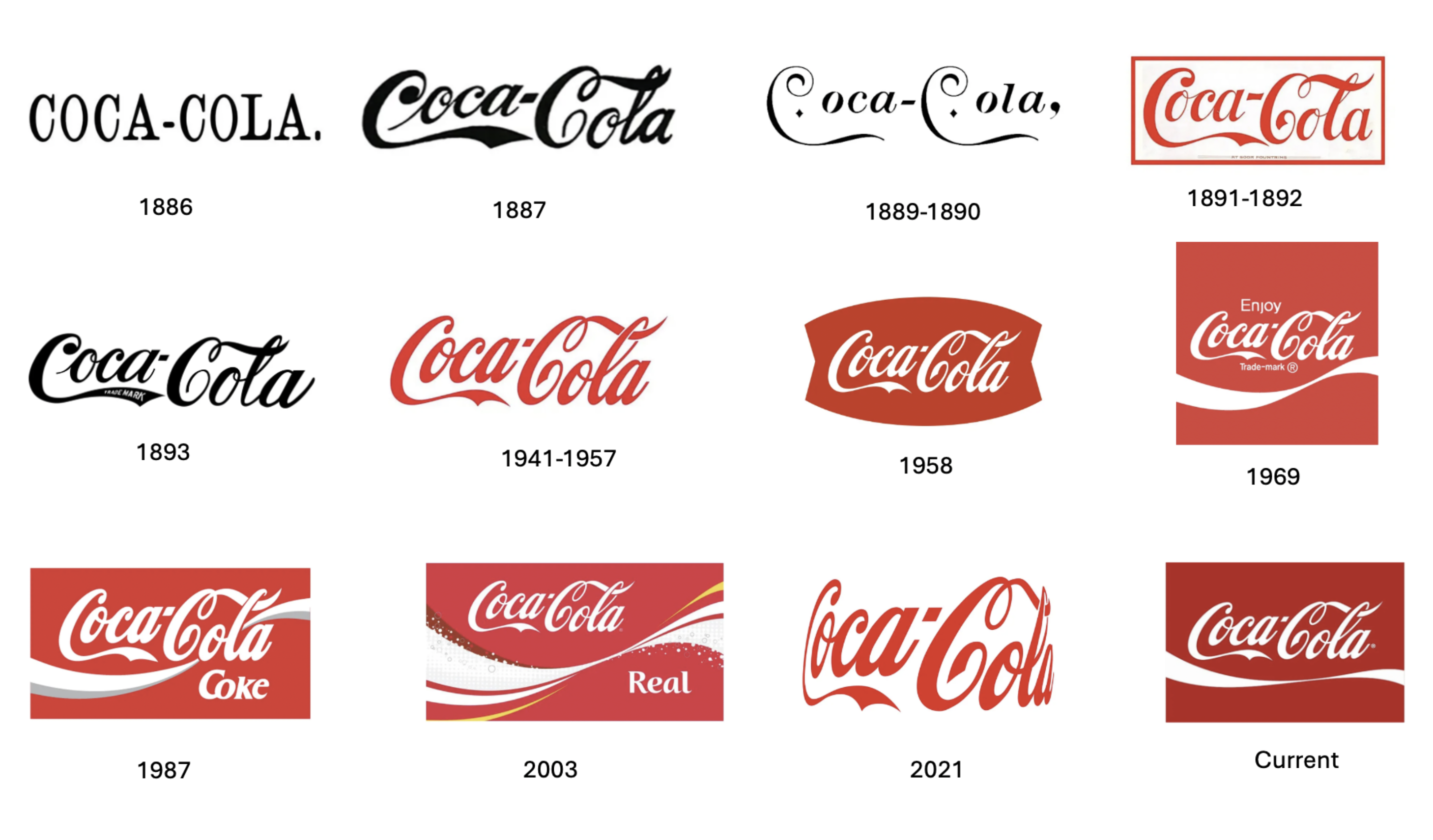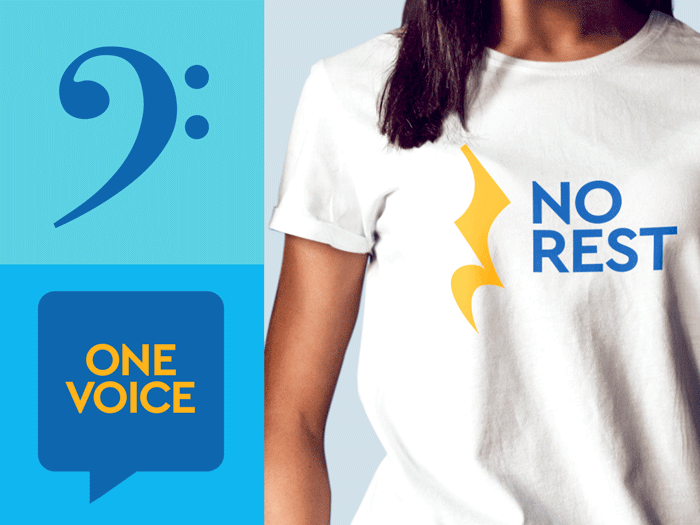Rebrand, Brand Refresh or Brand Evolution. Which is right for you?
Recently, I read a Fast Company article declaring that the rebrand is dead, and that it’s the age of the brand refresh. These types of headlines definitely catch the attention of brand nerds like me. But a millisecond later I thought, there will always be a need for rebranding.
And, if you’re considering a rebrand or a brand refresh, you should also evaluate the benefits of a brand evolution. Brand evolutions aren’t something new. For decades many beloved brands have chosen to evolve specific components of their brand identity over time instead of making more drastic changes less frequently. Think Coca-Cola, Pepsi, and Starbucks. The truth is whether you’re considering a total rebrand or a brand refresh, your branding initiative will fall somewhere along a continuum.
As creators of brand identities for more than 25 years — both corporate and product — we believe that each is appropriate at different times, depending on the brand’s lifecycle and the business goals and objectives.
We’ll take a look at all three here — rebrand, brand refresh, and brand evolution — to help you decide which is most suitable for you:
1) The rebrand. Just as the name implies, this is a complete overhaul of your brand’s identity. Rebranding often includes making updates to impact the way a brand is perceived. It may involve revising the brand’s strategy and creating a new name or logo. Additionally, rebranding often entails crafting a new brand narrative and expanding the brand’s reach to a broader audience.
A well-executed rebrand can pay BIG dividends for brands, restoring relevance and helping to leapfrog the competition. A great example of a recent rebrand is Casey’s. If you’ve traveled through the rural Midwestern United States, you’ve probably experienced this brand. The Casey’s brand was initially known as a gas station and convenience store brand with friendly service and . . . good pizza. An important goal of the rebrand was to reposition the brand as more than a gas station and convenience store, and to expand its offerings and footprint into suburban and urban communities while maintaining its loyal base in rural communities. Ultimately, Casey’s wants to become a destination for convenient, delicious food and drinks — including its pizza — a customer favorite.¹ ² Casey’s is now the fifth-largest pizza chain in the United States.¹

(Image Credit: Casey's Retail Company)
2) Brand Refresh. A brand refresh is a more subtle shift away from the current brand identity. As you’d expect, a brand refresh consists of updating key elements of the brand identity, but not overhauling everything. It may or may not include minor adjustments to the logo, an updated color palette, refining the brand strategy and messaging, and modernizing, updating, or adding visual elements. The goal of a brand refresh is to level up your brand identity to stay fresh and current, helping you maintain relevance with members of your target audience. In a brand refresh, the core elements of the brand identity remain the same, but the way they’re presented visually and verbally is modernized and uplifted.
The new Tropicana brand refresh illustrates this point perfectly. Back in 2009, you may recall Tropicana’s rebrand became known (sadly for them) as one of the biggest rebranding fails in history.³ It proved that brand identity and design do impact sales because PepsiCo reportedly lost over $100m amidst a 20% drop in sales revenue. Additionally, the backlash was so severe, they reverted back to the original Tropicana packaging shortly after.³

(Image Credit: Tropicana Brands)
We’re happy to share that this didn’t keep Tropicana from attempting a brand refresh in 2024. Albeit many years later, it’s apparent that they didn’t make the same mistake twice. Shown below, a subtle shift to the logo, retention of the brilliant and iconic straw poking out of the orange, and an evolution to the packaging are smart moves in our humble opinion.

(Image Credit: Tropicana Brands)
3) Brand Evolution. This is a more organic approach to maintaining brand relevance over time without embarking upon a major rebrand or even a brand refresh. Instead, it requires a planful, attentive approach to brand management, versus episodic evaluations. Brand evolutions typically involve making incremental changes on an ongoing basis, such as:
a) Evolving one or two brand elements at a time, like making a subtle shift in the logo design, expanding the color palette, or modifying the style of photography.
b) Adapting to new platforms by adding new elements such as motion graphics or animation.
c) Updating messaging and the brand narrative, and adding or changing a tagline.
As mentioned earlier, one of the best examples of brand evolution is Coca-Cola. The illustration below shows how the logo and iconic ribbon have evolved over the years toward a simpler version of the current ribbon, reminiscent of its treatment in 1969.⁴

(Image Credit: The Coca-Cola Company)
So, how do you know which approach makes the most sense for your brand?
Here are a few criteria to help you decide:
Choose a rebrand if:
a) You need to appeal to a new market segment with which your current brand identity doesn’t resonate
b) You need to reposition your brand with current audiences
c) A total transformation is needed to remain relevant
d) You are shifting the direction of the brand or company and want to signal a change
Choose a brand refresh if:
a) Your brand identity lacks cohesion or is fragmented in its execution
b) It looks dated compared with the competition
c) Your messaging is no longer resonating with your audience
d) You want to expand into new markets while maintaining existing relationships
Choose a brand evolution if:
a) You are concerned about alienating loyal brand enthusiasts
b) Any part of your visual identity appears dated or is no longer functional
c) You are missing elements to help you maintain relevance like a consistent style of infographics, motion graphics or animation
d) Your logo isn’t dated yet, and you want to stay close to where you are but simplify it, strengthen it, or enable it to show up consistently on new platforms.
Wondering which is right for you?
We’d love to help. If you’d like to discuss your particular situation, just reach out to us here at info@frankefiorella.com.
Sources:
¹ https://www.businesswire.com/news/home/20210111005775/en/
² https://blog.caseys.com/articles/new-logo-fresh-look-same-community-roots
³ https://www.creativebloq.com/design/logos-icons/15-years-after-the-worst-rebrand-in-history-tropicana-is-trying-again
⁴ https://www.creativebloq.com/news/coca-cola-logo-history

